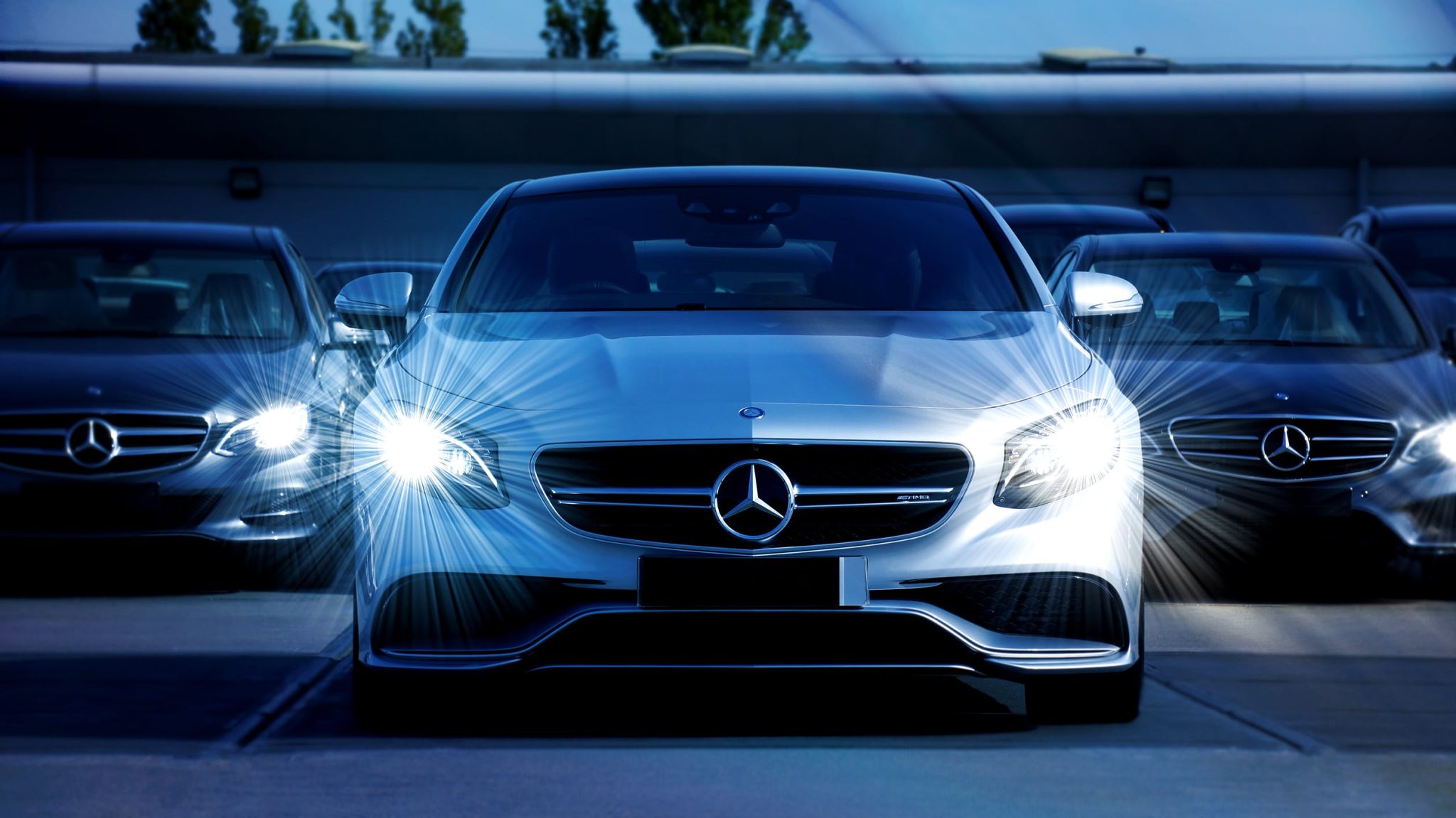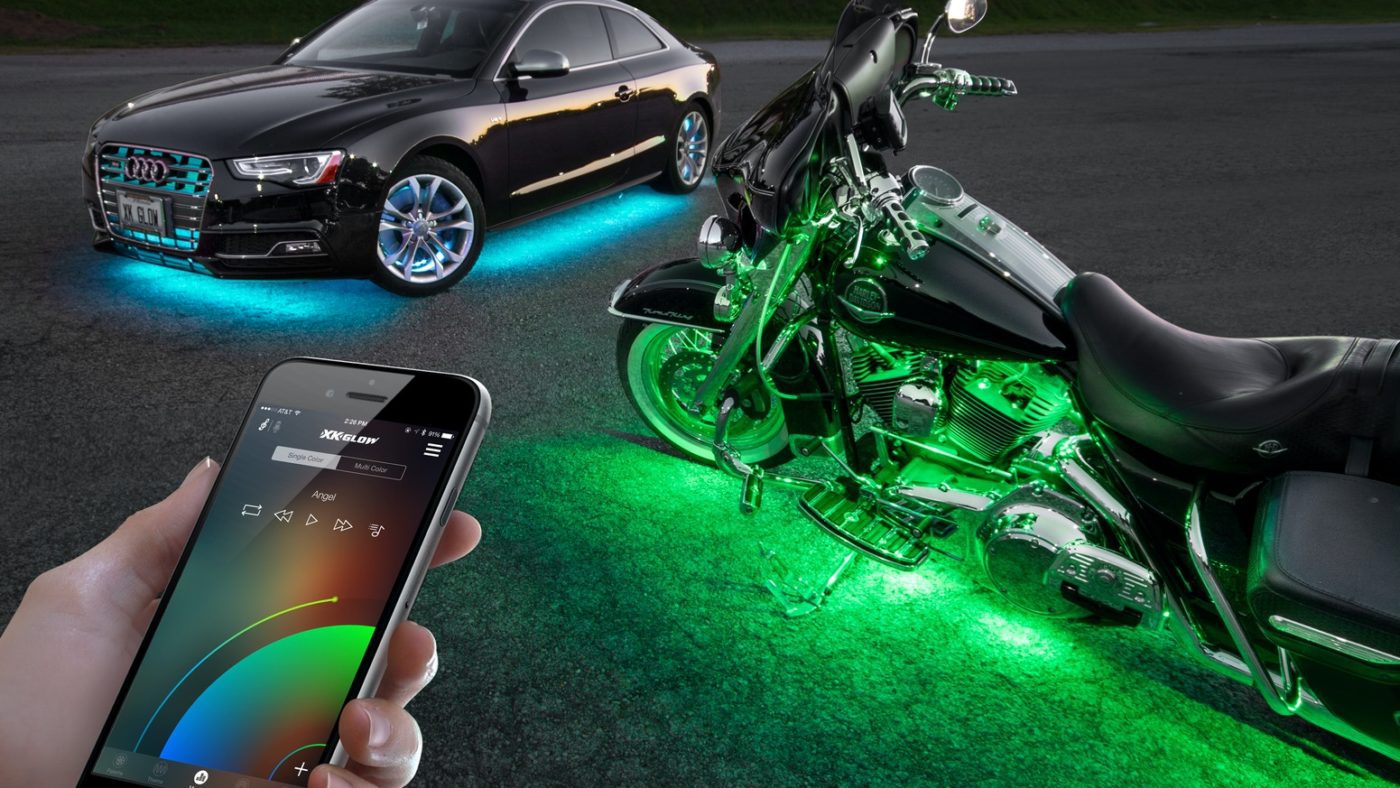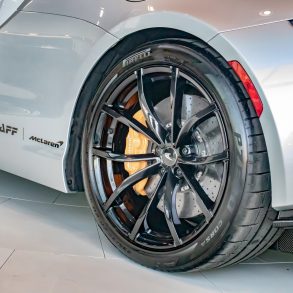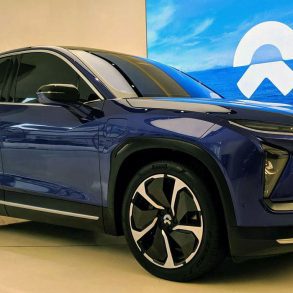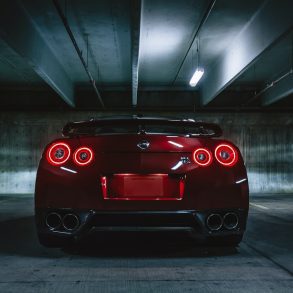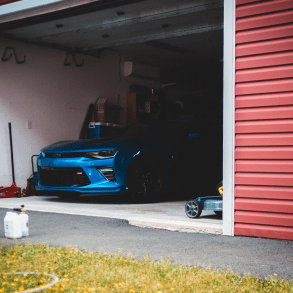Customizing your car’s lighting is an easy way to make a statement—but could it also be an easy way to get your ride impounded? Not if you know something about car lighting laws and take steps to avoid breaking them!
Many drivers switch out their factory headlights and tail lights, and more than a few add custom undercarriage lighting to their vehicles. However, these upgrades can also get you in trouble if you don’t consult the laws in your area and purchase responsible, high-quality products.
Below, we’ll help you learn more about car lighting laws across North America so you can customize your ride and take it across the USA or Canada with confidence. We hope you’ll find what we have to teach you illuminating.
Different Laws for Different Types of Car Lighting
Unfortunately, there’s no official document in either Canada or the USA dedicated exclusively to Car Lighting—if there were, you wouldn’t be looking here! But there are various federal and state (or provincial) laws you’ll want to be aware of before you purchase and install aftermarket lights on your sports car, your luxury SUV, or any other vehicle.
To complicate matters further, different laws and rules often apply to different types of car lighting. So to make things a bit clearer, we’ve taken a closer look at each of these areas.
Laws for Car Headlights
USA
Most of the restrictions regarding OEM headlights in the USA have to do with purchasing and installing LEDs. Currently, the Federal Motor Vehicle Safety Standards regulations stipulate that any lights providing your vehicle’s main forward illumination must be sealed-beam, HID, or replaceable halogen bulbs in factory-fitted housing.
Canada
Canada’s Highway Traffic Act is a bit more straightforward. It simply states that headlights must be properly installed, aligned, and maintained properly so as not to cause glare or dazzle oncoming traffic. The fine isn’t that steep, either—just $110 (and that’s in Canadian dollars).
Laws for Car Tail Lights
USA
Tail light laws in the USA tend to be a lot less restrictive than those governing headlights. In fact, LED brake lights aren’t illegal—even though they might temporarily blind drivers who are following you. However, you’re going to want to avoid certain colors, since most states require any lights visible from the back of the vehicle to be exclusively red or amber.
Canada
OEM tail lights aren’t illegal in Canada per se, but installing tinted tail lights is a great way to get yourself pulled over by the police. Cops from BC to Newfoundland are on record warning the public not to change the color of their tail lights, as this can cause visibility issues (especially in inclement weather) and pose a severe safety hazard—both to yourself and other drivers. Keep ‘em red, Canucks.
Laws for Car Underlights
USA
This is where things tend to get more complicated. Car underlights are flat-out illegal in several states, including:
- Connecticut
- Illinois
- Massachusetts
- Minnesota
- Pennsylvania
Other states permit car underlighting, but only in certain areas. These include:
- Maine (only legal at shows or exhibitions)
- Mississippi (only legal when not on public roads)
- New Jersey (only legal when not driving)
- Utah (only legal when on private property or off-road)
- Vermont (only legal when on private property or off-road)
- Virginia (only legal when on private property or off-road)
- Washington (only legal on private property)
While aftermarket lighting (including underlighting) is legal in other states, that doesn’t mean it’s unrestricted. There are still some pointers you should follow to avoid trouble with the authorities (even if you’re on your private property in one of the states above). For example:
- Avoid using red, blue, or flashing lights (red tail lights are an exception)
- Make sure red is the only light visible from the rear of your vehicle
- Make sure your license plate is always white
- To stay safe, make sure the only lights visible from the front of your car are white or amber
Canada
Canada’s Highway Traffic Act actually doesn’t say anything about car underlights, but there are other laws that you’ll want to keep in mind. For example:
- Flashing red lights visible from any direction are strictly prohibited, since they can be mistaken for those of an emergency vehicle (four way flashers are the only exception to this rule)
- Combinations of red and blue lights are illegal, unless you drive a law enforcement vehicle
- Flashing blue lights are for police and snow-removal vehicles only
- Flashing green lights are only for fire departments and volunteer firefighters
Additionally, several Canadian provinces have their own regulations regarding car underlights. These include:
- British Columbia: LED underglow lights are restricted to off-road use and must be covered at all times when driving on public roads.
- Alberta: All underglow lights are prohibited (even on motorcycles)
- Ontario: Green LED underglow lights are permitted, but other colors are illegal. Ticketing is rare, but it’s not something you should risk.
Via Kickstarter.
Tips for Using Aftermarket Car Lighting In the USA & Canada
After reading the above, you might be worried that installing or using aftermarket car lighting will cause you trouble throughout most of the USA and Canada. But don’t worry—many drivers own these products and use them without getting in trouble. Here’s how:
- Consult the laws in your area: The single best way to avoid legal trouble with aftermarket car lighting is to do some research about the area where you’ll be driving. Remember, local laws exist as well!
- Buy car lighting you can control: Driving through an area where certain colors aren’t allowed, or want to turn off your underlights when you’re using public roads? Buy a lighting kit you can control remotely.
This is an excellent way to enjoy custom car lighting when you’re allowed, and stay out of trouble the rest of the time. To find some great examples, check out these app-controlled lighting kits from XK Glow, which let you control colors, brightness, and more with just a few simple taps of a screen.
Drive responsibly: Cops are much less likely to go after you for something like a lighting kit that doesn’t meet regulations if you’re not acting like a maniac on the road. But if you’re driving like a jerk, they’ll be only too happy to bust you. That’s not to say you should drive around with illegal lights flashing—but if you have anything on your car you’re not sure about, it’s best to keep a low profile by being a model motorist.

